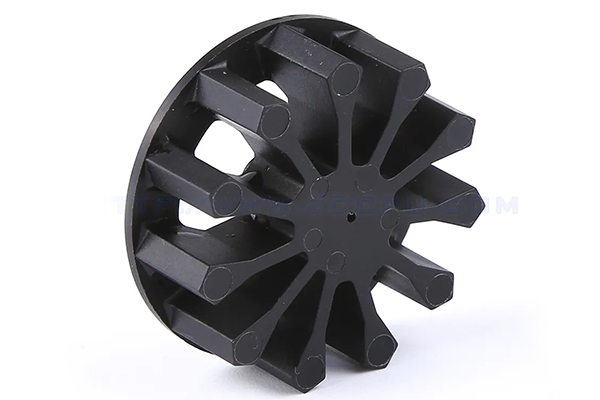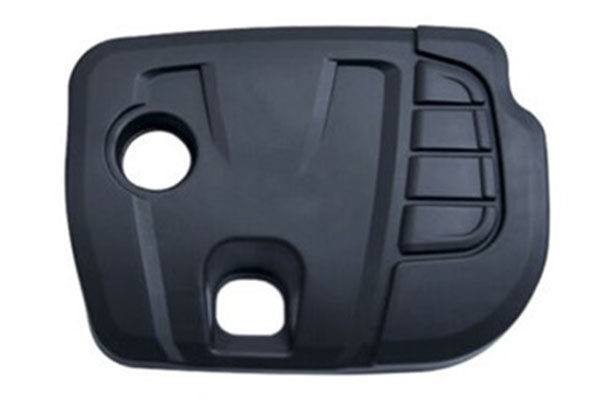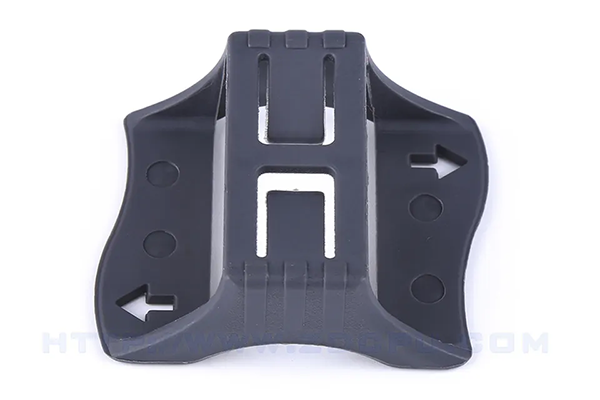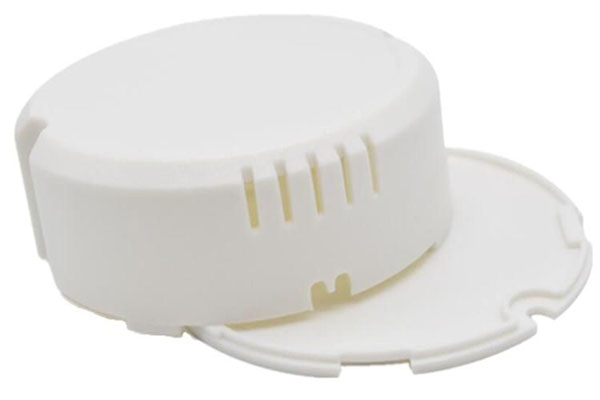Polypropylene (PP) Plastic Parts Materials
If you're going to encounter any plastic polymer in your daily life, it's probably going to be polypropylene. You'll soon see that the variety of products that can use polypropylene is huge. But before we dive into those products, let's talk about what makes this polymer so special:
- It resists chemicals and moisture.
- It has high impact strength.
- It's very elastic and tough.
This material doesn't break down when washed in hot water, which makes it a favorite in the food industry. Here are some specific items made from polypropylene:
- Homeware like cups and saucers
- Bottle caps
- Flexible packaging
- Car bumpers
- Interior trim
- Plastic trays
- Petri dishes
- Intravenous bottles
- Pill containers
- Pans
Few materials can match the impact resistance and toughness of polypropylene while still being highly elastic. The number of products you can make with polypropylene plastic parts is impressive.
Polypropylene (PP) Plastic Parts Making Service
Be good at product structure optimization and greatly reduce the cost of Plastic Parts Materials

Part Design
Appearance and structural design

Mold Making
Design, DFM confirmation

Product Production
Imported, high-speed equipment

Product Assembly
Incoming materials, inspection and assembly
The Advantages of Polypropylene (PP) Plastic Parts Materials
Polypropylene, or PP for short, is a top pick for making all sorts of things, from everyday household items to car parts. It's a type of plastic that's strong, lasts long, can handle heat, and resists chemicals, which makes it perfect for shaping into products.
One big reason why people love using PP is because it doesn't cost much, so it's great for making lots of things without breaking the bank. Plus, since it's light and easy to work with, it's ideal for making complicated shapes.
PP also stands up well against harsh chemicals, which is why you often find it in things like car parts or containers that hold chemicals. And don't worry about it fading in the sun; PP can take a beating from UV rays too.
You've got different kinds of PP to choose from, like plain PP, mixed PP, or even PP with added stuff for extra strength. Each kind has its own superpowers, like being really tough or able to withstand high temperatures. So picking the right one matters a lot depending on what you're making.
Another cool thing about PP? It's easy to recycle, which is good news for our planet. And if you want your product to stand out, you can easily dye it any color you like.
When picking PP for your project, make sure to think about what exactly you need. Things like how the mold is designed, how hot the melted plastic needs to be, and how long it takes to cool down can all change how your final product turns out. That's why teaming up with experts who know their stuff is key to getting the best results.
All in all, PP is a fantastic choice for makers who want their products to be tough and budget-friendly. Whether you're whipping up something for the home or building car parts, PP has got the strength and durability to help you succeed.